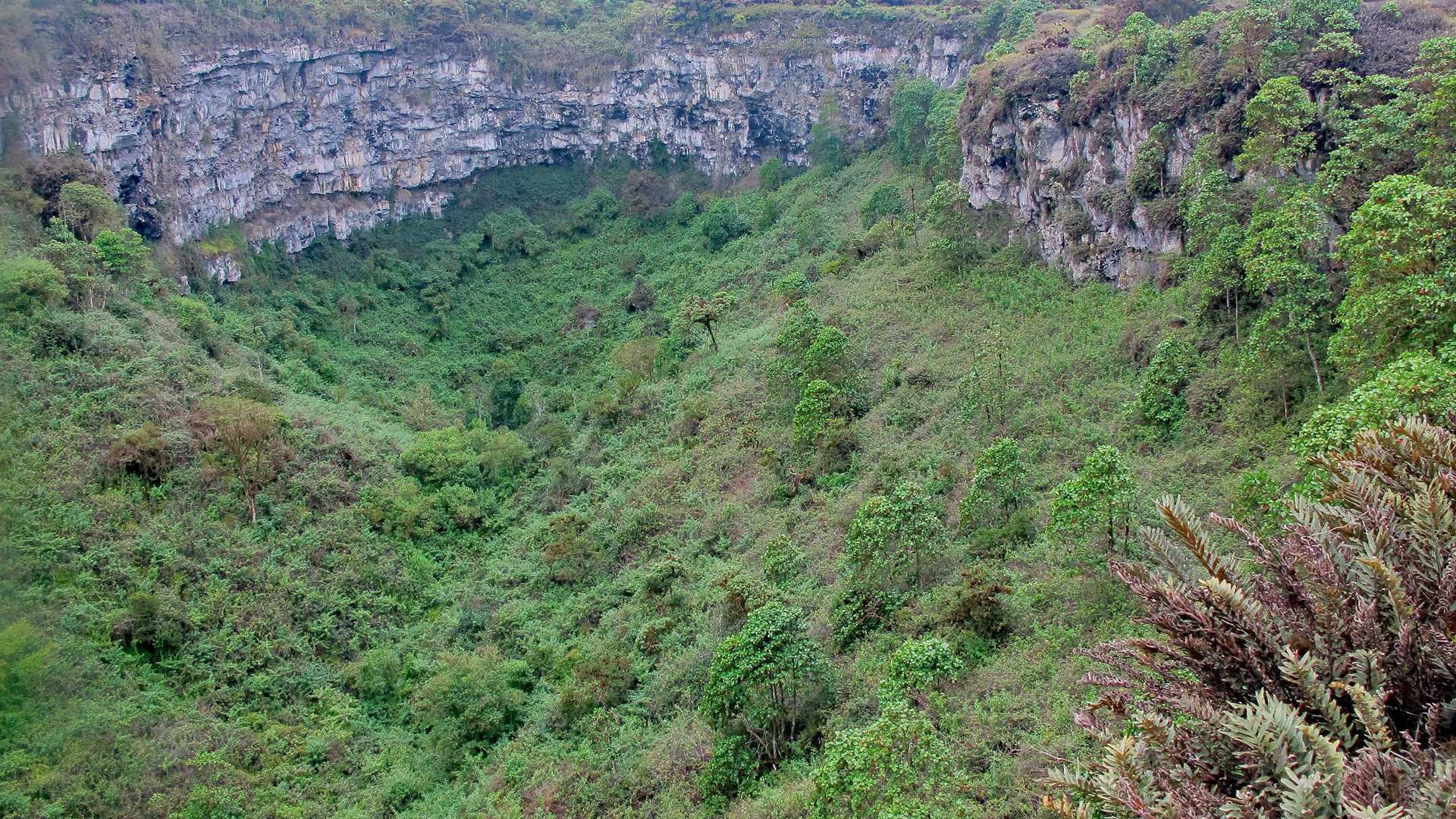Located in the center of the Galápagos archipelago, Santa Cruz is a very interesting island due to its size and elevation. The northern part of the island is in the rain shadow with a chronic shortage of precipitation, while its south-facing side retains the cloud cover pushed by the prevailing southeastern trade winds. Because of these unique climatic conditions, the south of the island is greener, while the northern part has an extended arid zone. Santa Cruz is also the home to a large population of endemic giant tortoises, mostly found in the lush, greener southern “hemisphere” of the island.
4/17/2024
Read
National Geographic Endeavour II









